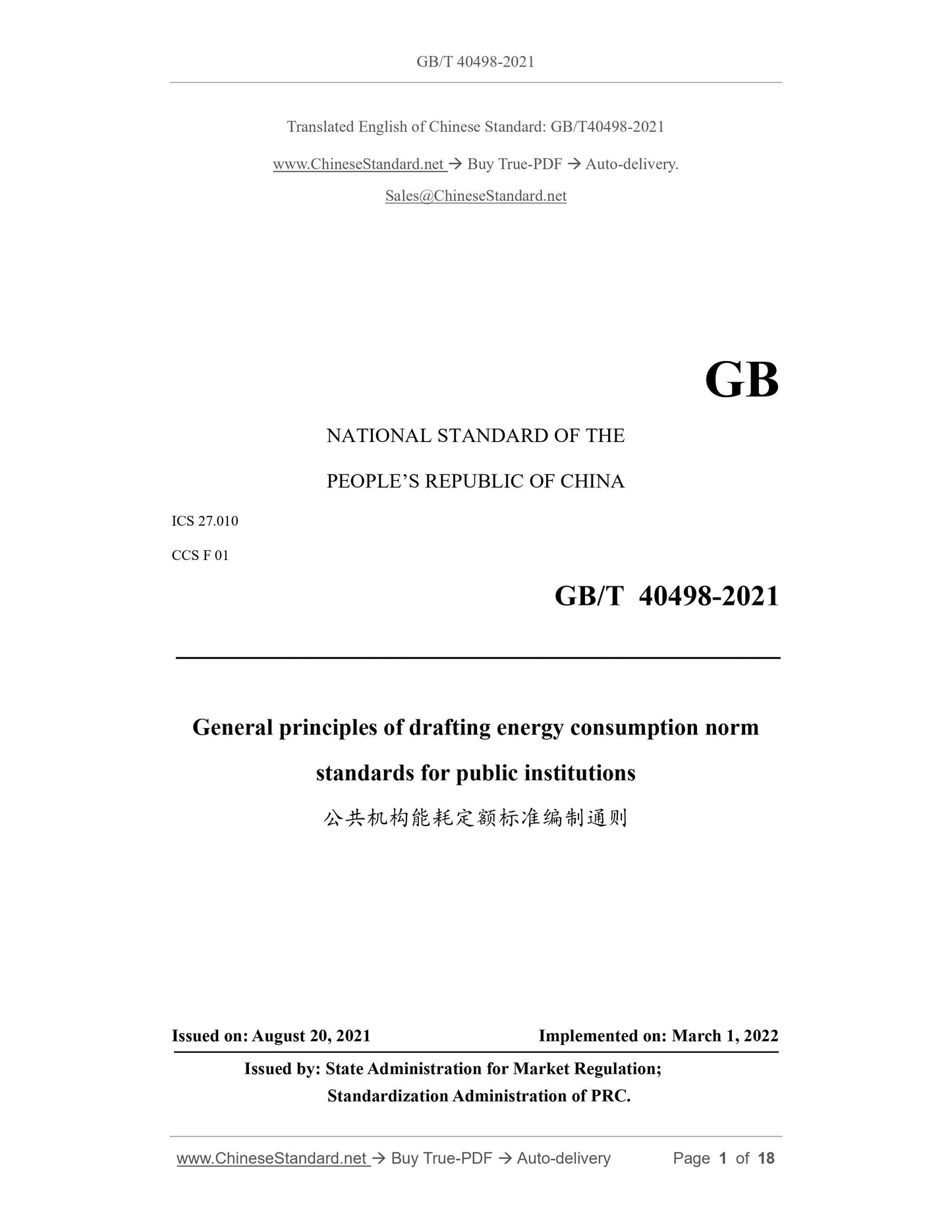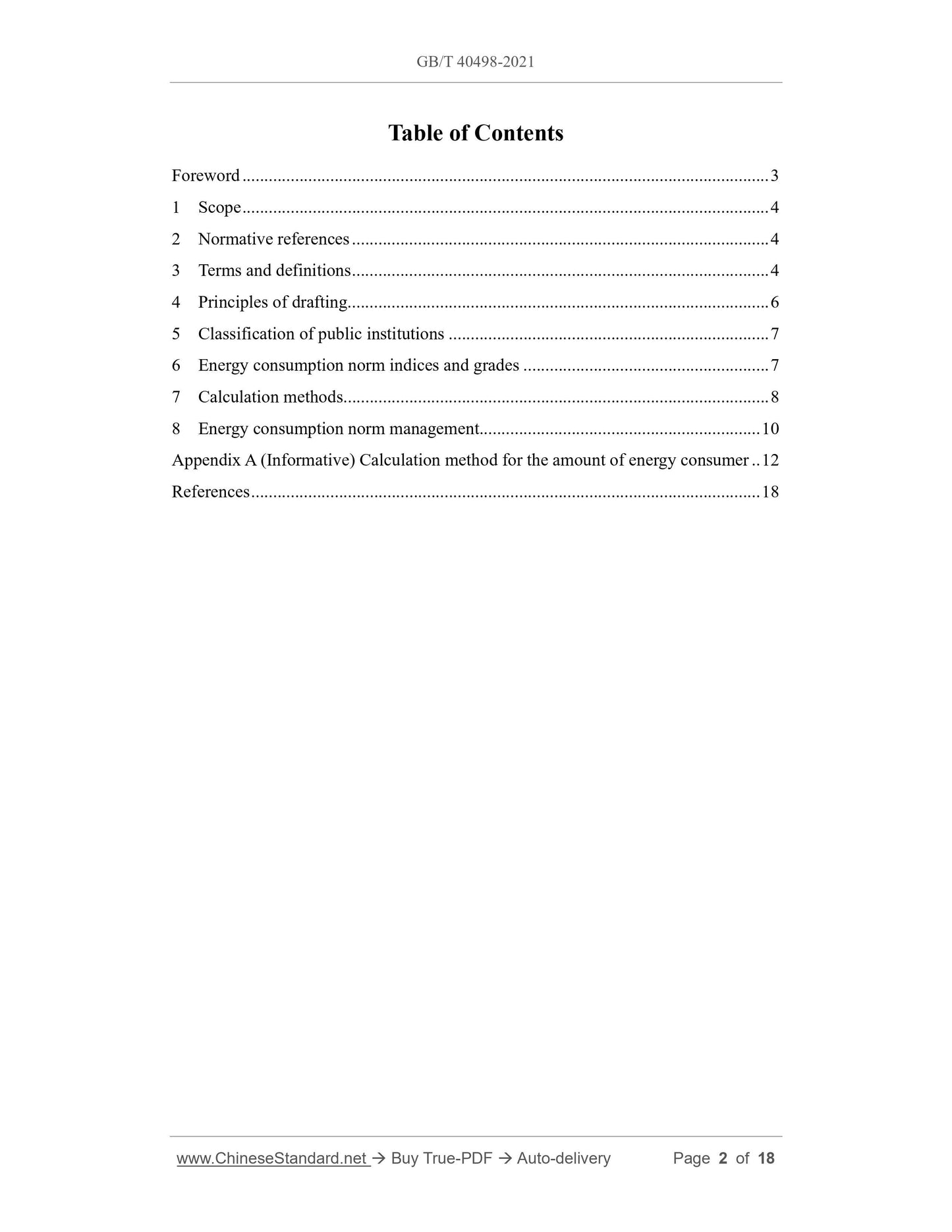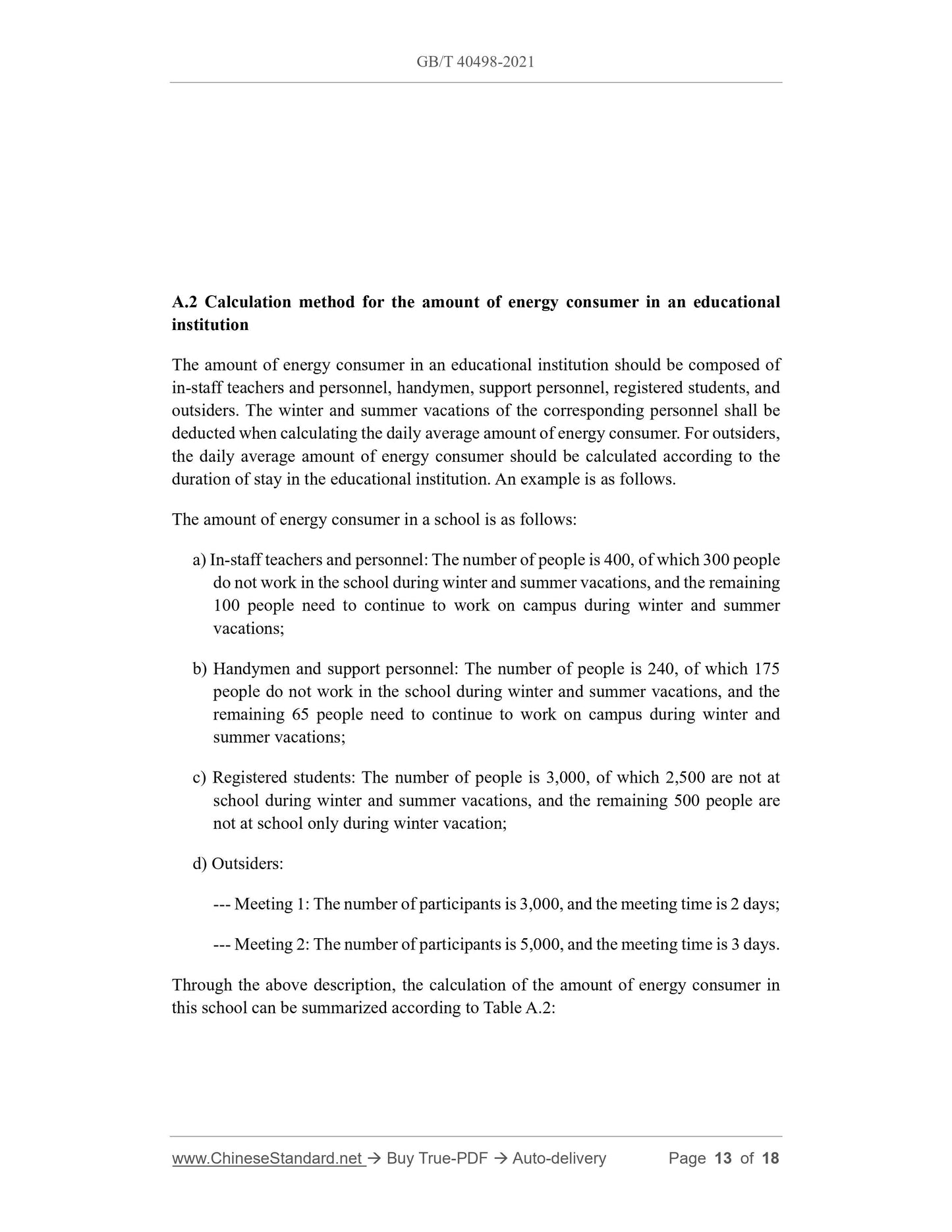1
/
of
7
www.ChineseStandard.us -- Field Test Asia Pte. Ltd.
GB/T 40498-2021 English PDF (GB/T40498-2021)
GB/T 40498-2021 English PDF (GB/T40498-2021)
Regular price
$260.00
Regular price
Sale price
$260.00
Unit price
/
per
Shipping calculated at checkout.
Couldn't load pickup availability
GB/T 40498-2021: General principles of drafting energy consumption norm standards for public institutions
Delivery: 9 seconds. Download (and Email) true-PDF + Invoice.Get Quotation: Click GB/T 40498-2021 (Self-service in 1-minute)
Newer / historical versions: GB/T 40498-2021
Preview True-PDF
Scope
This document specifies the principles for drafting energy consumption norm standardsfor public institutions, organization classification, energy consumption norm indices
and grades, calculation methods, and energy consumption norm management.
This document is applicable to guide the energy conservation management departments
of public institutions at or above the county level to draft energy consumption norms;
similar institutions may refer to the implementation of this document.
Basic Data
| Standard ID | GB/T 40498-2021 (GB/T40498-2021) |
| Description (Translated English) | General principles of drafting energy consumption norm standards for public institutions |
| Sector / Industry | National Standard (Recommended) |
| Classification of Chinese Standard | F01 |
| Word Count Estimation | 14,134 |
| Issuing agency(ies) | State Administration for Market Regulation, China National Standardization Administration |
Share













